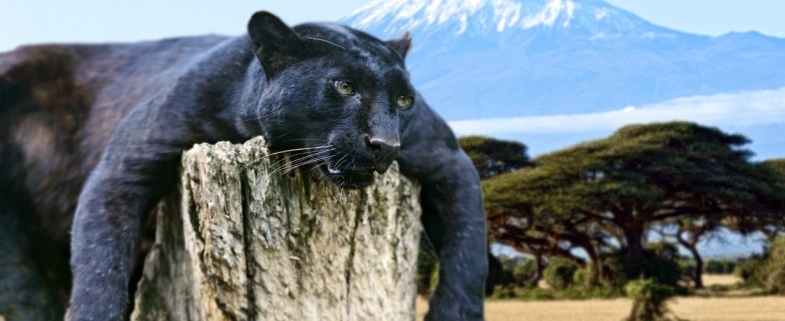Safari Kilimanjaro National Park; Prime #1
Safari Kilimanjaro National Park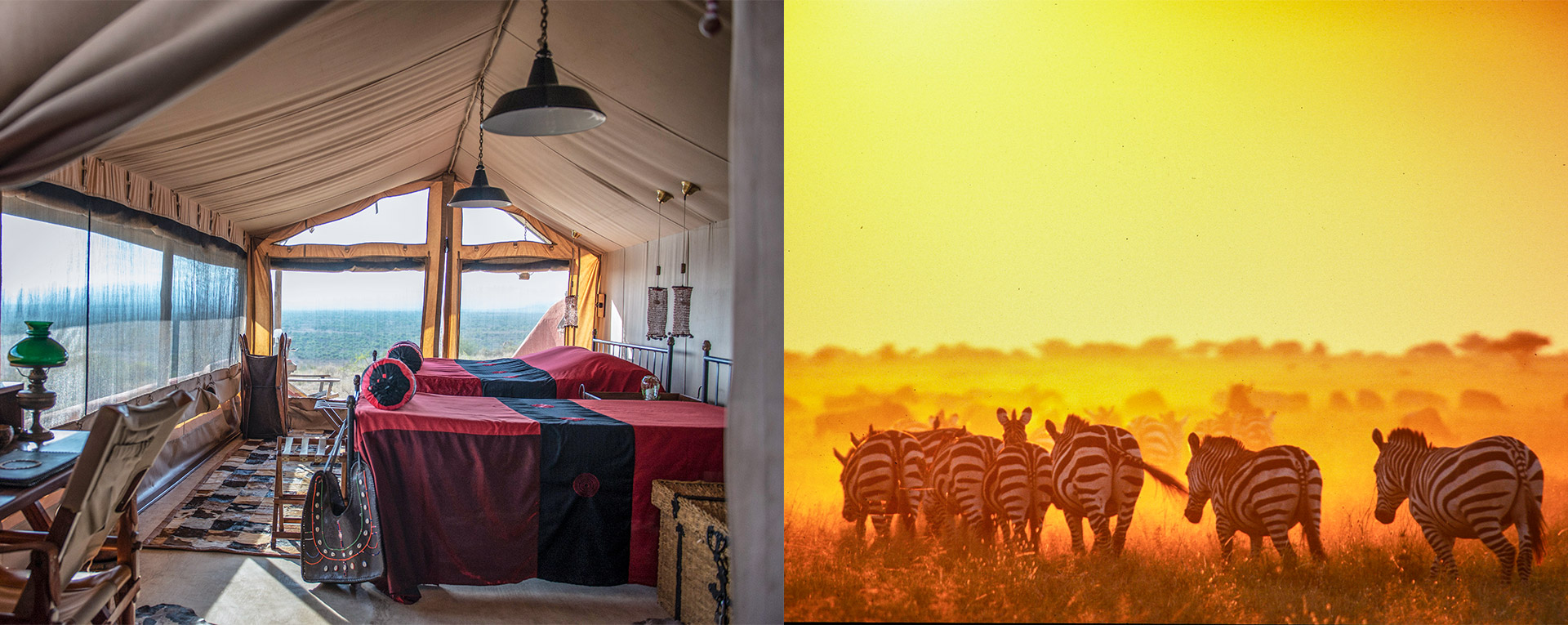
Climbing Mt. Kilimanjaro is indeed a remarkable and challenging adventure for many visitors to Africa. This iconic mountain, rising above the East African savannahs, stands at 5,895 meters (19,340 feet) and offers a journey through muddy rainforests, unique high-altitude plant life, and alpine meadows, culminating in a glacier-covered summit. If you’re considering this once-in-a-lifetime experience, you likely have a host of questions. Let’s address some of the common ones:
- How Fit Do You Have to Be?
- Climbing Mt. Kilimanjaro doesn’t require extreme athleticism, but a reasonable level of fitness is essential. It’s important to have good cardiovascular endurance, strength, and stamina. You’ll be trekking at high altitudes, which can be physically demanding. Regular cardio and strength training, as well as practicing hiking on uneven terrain, can help prepare you for the climb.
- Which Route Should You Choose?
- There are several routes up Mt. Kilimanjaro, each with its own characteristics and difficulty levels. The most popular routes include the Marangu, Machame, Lemosho, and Rongai routes. Your choice should depend on factors like your experience, the number of days you have, and your preferences for scenery and acclimatization.
- Acclimatization:
- Proper acclimatization is crucial when ascending to high altitudes. Many itineraries for Kilimanjaro climbs include rest days and gradual ascent to help your body adjust to the decreasing oxygen levels.
- Guides and Porters:
- It’s mandatory to hire a licensed guide and a team of porters when climbing Kilimanjaro. They will assist with carrying equipment, setting up camps, and ensuring your safety. These local guides are knowledgeable about the mountain and its conditions.
- Packing and Gear:
- Packing the right gear is essential. You’ll need clothing for a wide range of temperatures, from hot to freezing cold. A good pair of hiking boots, warm clothing layers, a sleeping bag, and other essentials are necessary.
- Permits and Reservations:
- Make sure to obtain the necessary permits well in advance. Kilimanjaro is a protected area, and there are limited daily quotas for climbers.
- Altitude Sickness:
- Be aware of the symptoms of altitude sickness, as they can become a concern during the ascent. It’s crucial to climb slowly and heed your guide’s advice.
- Duration:
- The duration of your climb depends on the chosen route but typically takes 5 to 9 days. Longer itineraries allow for better acclimatization.
- Guided Tours:
- Many visitors opt for guided tours, which provide organized itineraries, equipment, and the expertise of experienced guides and porters. These tours can simplify the planning process and enhance safety.
Climbing Mt. Kilimanjaro is a challenging but rewarding experience. It’s essential to plan well in advance, choose the right route, and ensure that you’re adequately prepared physically and mentally for the journey. With the right guidance and precautions, reaching the summit of Kilimanjaro can be an unforgettable achievement.
14-Day Climb Kili Lemosho Route & Best Northern Safari; Safari Kilimanjaro National Park
This thrilling Safari Kilimanjaro National Park adventure combines the ascent of Mount Kilimanjaro via the Lemosho Route, renowned for its high summit success rate, with an unforgettable safari through Tanzania’s Northern circuit game parks. These game parks offer abundant wildlife viewing opportunities throughout the year, each with its own unique attractions:
- Tarangire National Park: This park is famous for its elephant herds and diverse wildlife, including lions, leopards, and various bird species. It’s a great place to witness these majestic creatures in their natural habitat.
- Serengeti National Park: Known for its vast, sweeping landscapes and annual wildebeest and zebra migrations, the Serengeti is a wildlife enthusiast’s dream. It’s teeming with diverse animal species, making it a prime location for game drives and witnessing the great migration.
- Ngorongoro Crater: Often described as a natural wonder, the Ngorongoro Crater is home to a wide variety of wildlife, including the Big Five (lion, leopard, elephant, buffalo, and rhinoceros). The enclosed ecosystem creates a unique setting for wildlife encounters.
- Lake Manyara National Park: This park is known for its unique tree-climbing lions, a rare behavior exhibited by these big cats. The park also features a diverse range of birdlife and a beautiful lake.
This combination of conquering Kilimanjaro and exploring Tanzania’s incredible game parks promises an immersive and diverse African experience, allowing you to witness some of the continent’s most iconic wildlife and natural wonders.
8-Day Kilimanjaro Climb Lemosho Route Summit Special; Safari Kilimanjaro National Park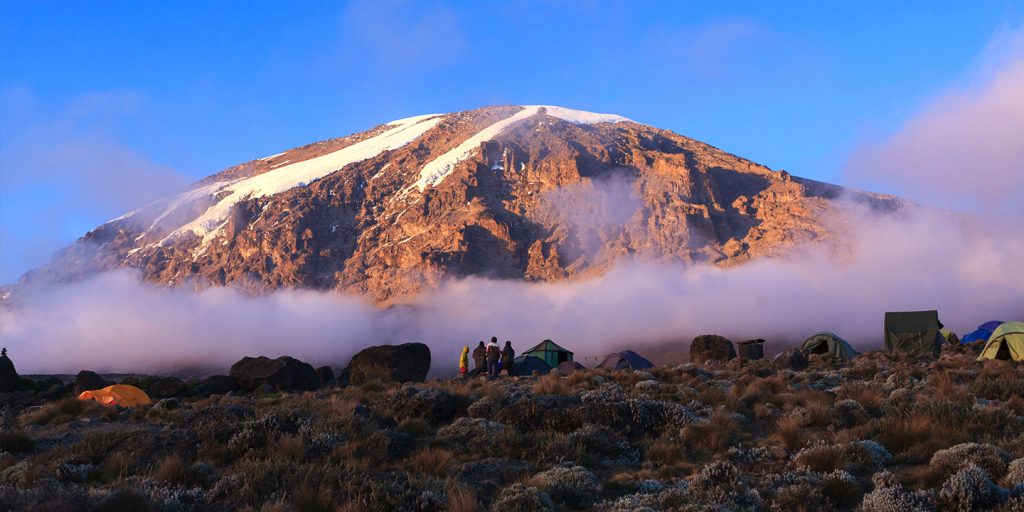
The Safari Kilimanjaro National Park Lemosho Route is a relatively newer and less frequented path up Mount Kilimanjaro. It’s often considered more remote and potentially more scenic than some other routes, but it is slightly longer and may involve a higher cost. This route commences from the western side of the mountain and offers a diverse range of landscapes along the journey:
- Beautiful Forests and Moorlands: The Lemosho Route takes trekkers through lush forests and captivating moorlands, providing a stunning backdrop for the early stages of the climb.
- Shira Plateau: On the third day of the trek, the route crosses the expansive Shira Plateau, offering panoramic views and a sense of high-altitude isolation.
- Machame Route Connection: It later connects with the Machame Route at Lava Tower, and the journey descends towards the Barranco Valley via the Southern Circuit.
One of the significant advantages of the Safari Kilimanjaro National Park Lemosho Route is the opportunity for gradual acclimatization due to its extended duration, which contributes to a higher rate of success in reaching the summit. While it may be a bit longer and slightly more expensive, it’s a preferred choice for those seeking a more remote and picturesque experience on Mount Kilimanjaro.
6-Day Kilimanjaro Trekking Machame Route; Safari Kilimanjaro National Park
The Safari Kilimanjaro National Park Machame Route, often referred to as the “whiskey route,” is indeed the most popular route for climbing Mount Kilimanjaro. It is favored for its high success rate in reaching the summit and its stunning natural landscapes. Here are some key features of the Machame Route:
- Rainforest Start: The journey begins with a scenic walk through the lush rainforests surrounding the base of the mountain. This lush environment offers a captivating introduction to the climb.
- Gradual Altitude Increase: The Machame Route is designed for gradual acclimatization, allowing trekkers to adapt to the increasing altitude over the course of the climb. This helps reduce the risk of altitude-related issues.
- Camping Accommodations: Throughout the ascent and descent, trekkers stay in movable tents, providing a true camping experience. The campsites are strategically located to offer the best views and comfort during the journey.
The Safari Kilimanjaro National Park Machame Route’s popularity is well-deserved due to its balance of challenge and accessibility, making it a top choice for climbers seeking a successful and immersive Kilimanjaro experience.
5-Day Kilimanjaro Climb Through Marangu Route with Huts; Safari Kilimanjaro National Park
Climbing Mt. Kilimanjaro is undoubtedly the pinnacle of many visitors’ experiences in Tanzania’s Safari Kilimanjaro National Park. Few mountains can rival the grandeur and the awe-inspiring vistas that Kilimanjaro offers. From its lofty heights, trekkers are treated to breathtaking panoramas that encompass Amboseli National Park in Kenya, the vast Rift Valley, and the sprawling Maasai Steppe.
Hiking on the ‘rooftop of Africa,’ which stands as the highest point on the continent at 5,896 meters, is an adventure of a lifetime. What makes this experience even more exceptional is that, with the right pacing and preparation, individuals ranging from seasoned trekkers to first-time enthusiasts can conquer the snow-capped summit. Kilimanjaro’s accessibility and majestic beauty make it a must-visit destination for those seeking a remarkable and achievable high-altitude adventure.
6-Day Machame Route; Safari Kilimanjaro National Park
For those with a limited six-day window to climb Kilimanjaro, the Machame route is often considered the optimal choice due to its acclimatization profile. Unlike other six-day routes, the Machame route accelerates the ascent to higher elevations on the third day, promoting the body’s adjustment to altitude more effectively. However, it’s important to note that this route demands that climbers be in good physical condition to handle the rigorous elevation gains and losses. Proper preparation and fitness are essential for a successful and safe Kilimanjaro climb via the Machame route.
6-Day Kilimanjaro Joining Group Marangu Route Trekking; Safari Kilimanjaro National Park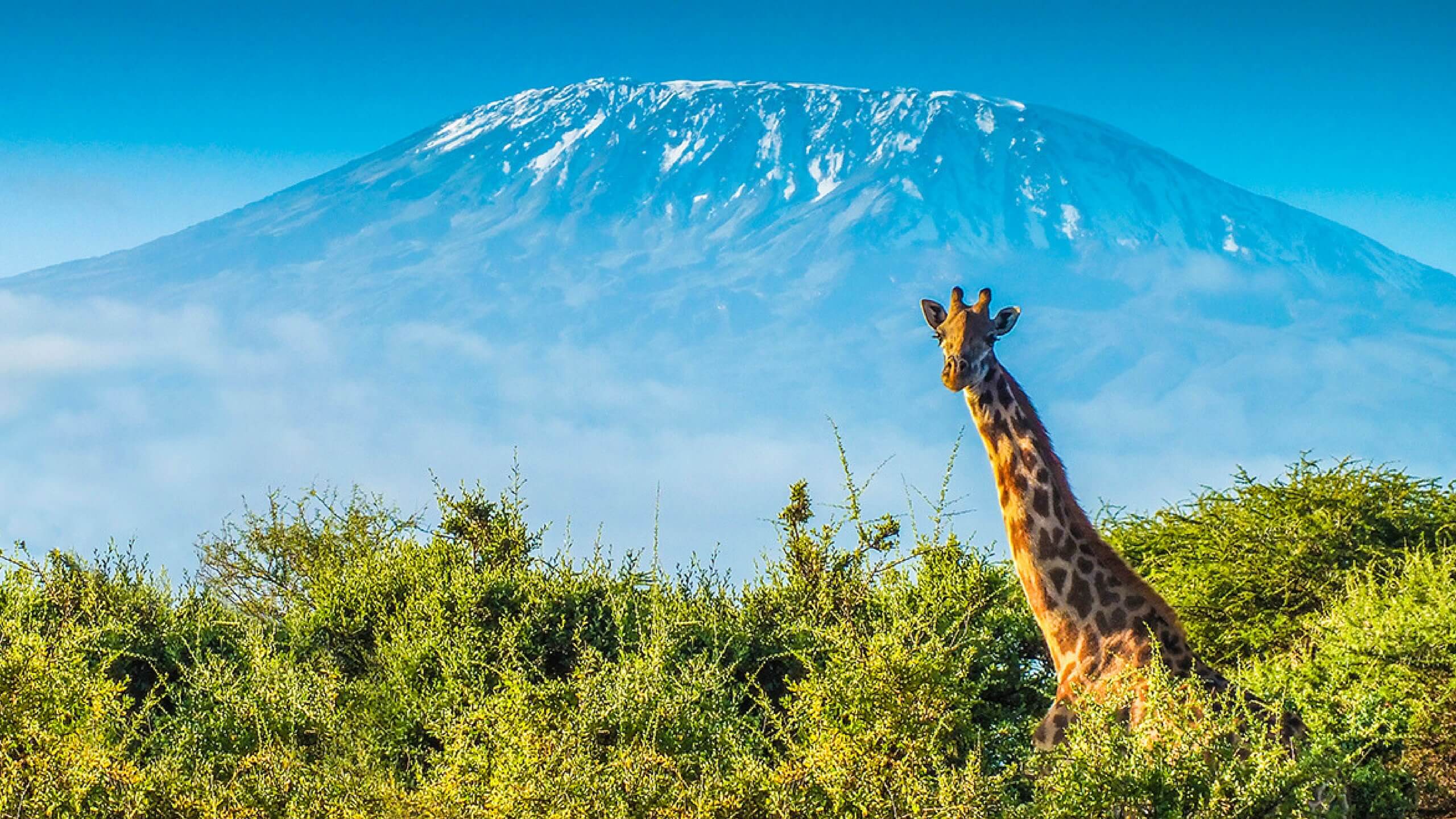
The Marangu Route is a well-liked 6-day trek to the summit of Mount Kilimanjaro. This route is renowned for its gradual slopes, taking trekkers through captivating rainforests and heath zones, and offering stunning views along the way. While the summit day presents a considerable challenge, the ultimate reward is reaching Uhuru Peak, the highest point on Kilimanjaro. Proper preparation and guidance are absolutely essential for a safe and successful journey on the Marangu Route.
5-Day Kilimajaro Trek Marangu Route; Safari Kilimanjaro National Park
The Marangu route is typically completed in 5 days, which is the shortest duration for reaching the summit. However, it can also be extended to a 6-day itinerary for improved acclimatization. The extra day can be used for relaxation at Horombo camp or for climbing the small peak of Mawenzi.
The 5-Day Marangu route, also known as the “Coca Cola route,” is considered the most budget-friendly option for reaching the summit. Notably, it is the only route that offers the convenience of sleeping huts at each campsite, complete with solar lighting and comfortable beds. This added comfort can be an appealing factor for trekkers choosing the Marangu route.
5-Day Wilderness Trip, Masai Village & Mount Kilimanjaro; Safari Kilimanjaro National Park
The short tour offers an unforgettable adventure as it takes you to visit the renowned Central Serengeti, Ngorongoro Crater, and Tarangire National Parks. These parks are home to the Big 5 and a rich diversity of mammals. Notably, the iconic Maasai Tribe has established their residence in Ngorongoro Crater for many years, coexisting harmoniously with the local wildlife.
Additionally, the tour includes a hike up Kilimanjaro, taking you to the first camp. This part of the journey allows you to relish panoramic views of the peak and traverse through lush green forests, which also serve as the residence for Colobus monkeys. It’s a well-rounded adventure that encompasses wildlife exploration and a taste of the natural beauty and cultural heritage of the region.
7-Day Kilimanjaro Trekking Lemosho; Safari Kilimanjaro National Park
Climbing Kilimanjaro via the 7-day Lemosho route is an ideal choice for acclimatization, ensuring a successful and safe ascent. This route is distinctive in that it allows for added acclimatization, which is a crucial factor in reaching the summit. Here are some key features of the 7-day Lemosho route:
- Ranger Accompaniment: On the first day of the trek, groups may be accompanied by an armed ranger. This precaution is taken because the forests around the Lemosho Glades are home to buffalo, elephant, and other wildlife. Safety is paramount.
- Recommended Duration: While the minimum duration for the Lemosho route is 6 days, it is highly recommended to opt for a 7 or 8-day itinerary. This extended timeline provides trekkers with more time for acclimatization, reducing the risk of altitude-related issues and increasing the chances of reaching the summit.
The Lemosho route’s combination of acclimatization, scenic beauty, and wildlife makes it a popular choice for those seeking a rewarding and safe Kilimanjaro climb.
9-Day Safari & Day Hike on Kilimanjaro’s Shira Plateau; Safari Kilimanjaro National Park
The 9-day safari offers a comprehensive experience of the Northern Safari Circuit, allowing you to immerse yourself in the highlights of this remarkable region. During the safari, you’ll encounter a diverse range of wildlife and landscapes, including prides of lions, herds of elephants, and the captivating Ngorongoro Crater.
After the safari, the adventure continues with a visit to the West Kilimanjaro region. Kambi ya Tembo, a stunning camp nestled on the northern face of Mount Kilimanjaro, provides you with breathtaking views of this iconic mountain. The following day, you’ll embark on an exploration of Kilimanjaro’s Shira Plateau, indulging in a spectacular one-day hike that grants you access to this unique and scenic area. This journey promises a blend of wildlife, natural beauty, and adventure, making it a truly unforgettable experience.
6-Day Kilimanjaro Trek via Machame Route; Safari Kilimanjaro National Park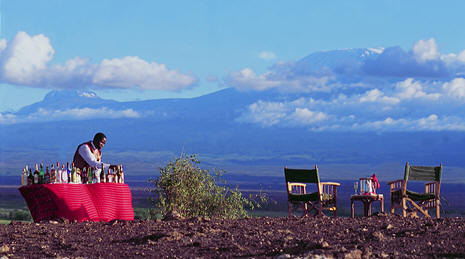
The Machame route, also known as the “Whiskey” route, is the second most popular route for climbing Mount Kilimanjaro. It is renowned for its scenic beauty and offers a memorable trekking experience. Here are some key characteristics of the Machame route:
- Camping: Climbers on the Machame route sleep in tents throughout the journey. Tents, sleeping pads, and sleeping bags are provided, ensuring a comfortable night’s rest.
- Meal Arrangements: Meals are typically served in a dinner tent or outdoors on a blanket, allowing trekkers to enjoy their food while savoring the natural surroundings.
- 6-Day Trek: The Machame route is completed over the course of 6 days, providing adequate time for acclimatization, which is crucial for a successful summit attempt.
- Physical Fitness: This route is suitable for physically fit individuals with some hiking experience. It involves challenging terrain and elevation gains.
- Descent: The descent is typically done via the Mweka trail, with the final night spent at the Mweka or Millennium camp on the mountain.
The Machame route is a favorite choice for those seeking a blend of adventure and scenic beauty while climbing Kilimanjaro. Proper physical preparation and a willingness to embrace the challenges of the trek are key to a rewarding and successful experience.

